The USB-C port is gaining popularity, but iPhone still has a Lightning port. When an iPhone user needs emergency charging but there is no data cable, if a colleague or friend around him uses an Android phone, there is probably no way to help him.
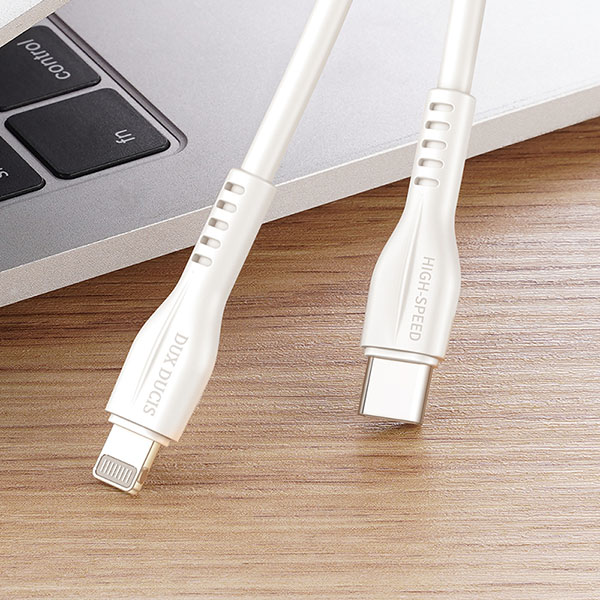 From a user perspective, Apple’s insistence on using the Lightning port is confusing. Now the newly launched Android phones, from entry-level to flagship-level, are basically USB-C interfaces. The MacBook has already adopted the USB-C interface. In addition to the entry-level iPad 9, other newly launched iPads also use the USB-C interface. Only the iPhone still uses the Lightning interface, which is puzzling.
From a user perspective, Apple’s insistence on using the Lightning port is confusing. Now the newly launched Android phones, from entry-level to flagship-level, are basically USB-C interfaces. The MacBook has already adopted the USB-C interface. In addition to the entry-level iPad 9, other newly launched iPads also use the USB-C interface. Only the iPhone still uses the Lightning interface, which is puzzling.
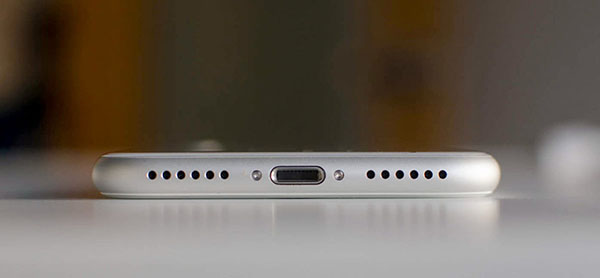
Unify the charging port
On June 7, the European Parliament and the Council of the European Union agreed that by the autumn of 2024, the USB-C interface will become the standard charging interface for small and medium-sized portable electronic devices such as mobile phones, tablets and cameras in the European Union. By then, all related products used in the EU must be equipped with a USB-C charging interface. The European Parliament said the agreement could significantly reduce e-waste and make life easier for consumers.
In addition to the unified interface, measures in the agreement include:
All portable electronic devices can share one charger;
For devices that support fast charging, allow consumers to charge their devices at the same speed when using any compatible charger;
Electronic equipment is sold separately from the charger.
Impact on Apple
It seems that there are only two ways for Apple to go. All iPhones move to USB-C ports, or a USB-C port version iPhone is launched exclusively for the EU. You should still remember that in 2020, because of the French policy that mobile phones must be equipped with headphones, Apple had to launch a special French version of the iPhone 12 with wired headphones.
In a new statement, Apple said it agreed with the European Commission’s commitment to protecting the environment, but the measure could stifle innovation. Will unifying the USB-C interface really kill innovation? The EU doesn’t seem to think so, and it also pointed out a way for Apple to innovate: without a wired interface, by launching a “portless iPhone” with completely wireless charging, it can jump out of the unified interface restriction order.
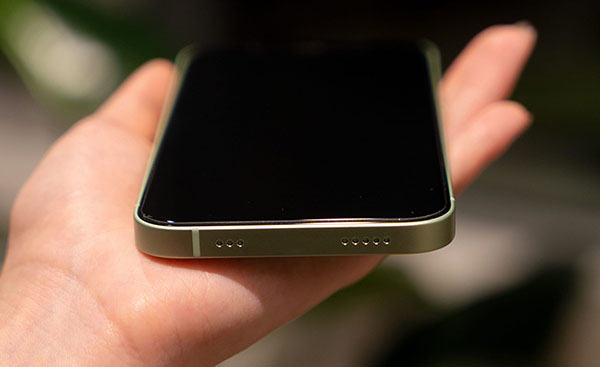 This is definitely a good idea, as iPhone 16 Pro is rumored to be without the charging port. Meizu, also a mobile phone manufacturer, launched a mobile phone without an interface this year. Then how to charge iPhone wirelessly? Looking at the power of MagSafe magnetic wireless charging can reach 15W, the launch of a non-interface iPhone has become a very possible thing, and Apple will vigorously develop MagSafe technology.
This is definitely a good idea, as iPhone 16 Pro is rumored to be without the charging port. Meizu, also a mobile phone manufacturer, launched a mobile phone without an interface this year. Then how to charge iPhone wirelessly? Looking at the power of MagSafe magnetic wireless charging can reach 15W, the launch of a non-interface iPhone has become a very possible thing, and Apple will vigorously develop MagSafe technology.
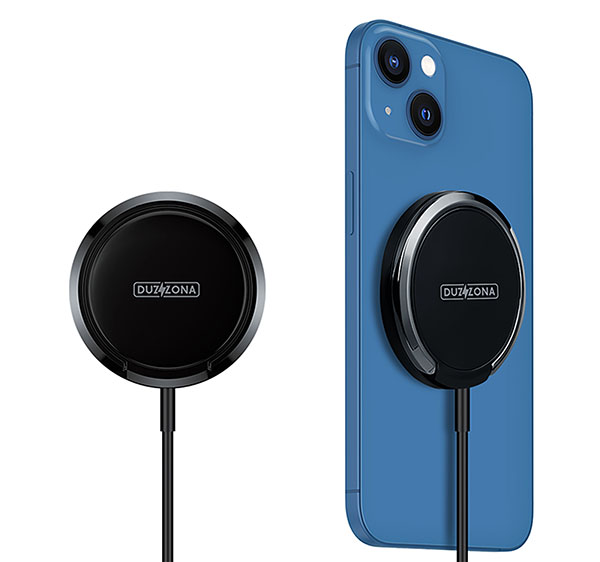
Apple’s Barriers
Switching from Lightning to USB-C would have huge implications for Apple’s MFi empire. MFi is the abbreviation of “Made for iPhone/iPod/iPad”, and this certification is a kind of logo usage license for the accessories produced by Apple’s authorized accessory manufacturers. It was first introduced at the Macworld Expo on January 11, 2005.
MFi was originally customized for the iPod, and then gradually expanded to the iPhone, iPad, etc. with the expansion of Apple’s product line, involving changes in categories and licensing fees. A series of fees and certification procedures make MFi data cables more expensive, and these increased costs are eventually passed on to consumers. The money of one Apple data cable can often buy two Android data cables.
If Apple finally cancels the charging interface, the MFi certification will cease to exist, and its certification system will be transferred to the field of wireless charging and become MFM certification. Originally, as long as it is a 7.5W wireless charger that supports the Qi charging protocol, it can charge the iPhone according to the standard power. The arrival of MagSafe broke the calm, what is MagSafe wireless charging? it redefines the wireless charging standard, you can experience 15W wireless fast charging as long as you buy a certified MagSafe wireless charger.
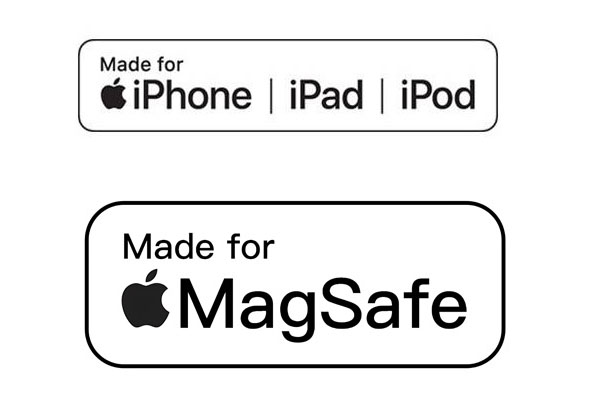 MFi and MFM certification are typical Apple logic, using the software and hardware ecology to build a small castle, as long as you are willing to spend more, you can enjoy good services. Therefore, with such a lucrative operating model that has been adhered to for many years, it seems possible to remove the charging port on iPhone.
MFi and MFM certification are typical Apple logic, using the software and hardware ecology to build a small castle, as long as you are willing to spend more, you can enjoy good services. Therefore, with such a lucrative operating model that has been adhered to for many years, it seems possible to remove the charging port on iPhone.
